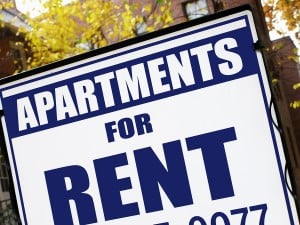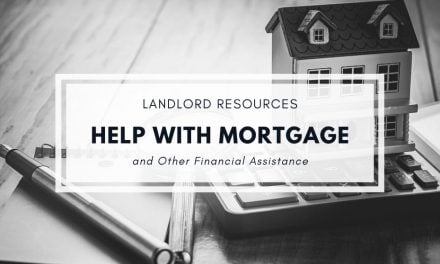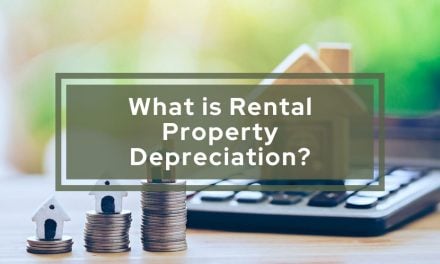 Data from May 2015 reveals a historical high for rental occupancy rates that peaked at 95.3 percent nationally, according to Axiometrics, a real estate analytics firm.
Data from May 2015 reveals a historical high for rental occupancy rates that peaked at 95.3 percent nationally, according to Axiometrics, a real estate analytics firm.
Higher occupancy rates mean higher rent rates, which grew 5 percent nationally in May 2015, compared to just 3.6 percent in May 2014. Rent growth is high across all markets, including previously low regions in the Midwest and Northeast. Rent growth is highest in the West and South, where the 20 hottest rental markets saw over a 5 percent increase in rent rates.
According to the June 2015 State of the Nation’s Housing Report, by the Joint Center for Housing Studies of Harvard University, the number of renter-occupied homes grew by more than half a million in 2013, well above the average over the past few decades. Nationwide, apartment vacancy is at its lowest rate since 2000.
The share of US households that rent their housing now stands at a 20 year high. While most of the recent increase in the stock has come from conversion of owner-occupied single-family homes to rentals, multifamily construction has also picked up pace. Meanwhile, falling vacancy rates have lifted rents, improving the financial performance of rental properties but straining the budgets of millions of households unable to find units they can afford.
Factors affecting the surge in rental demand include renters entering the market from all age groups – renting is the most affordable housing option for Millennials who are joining the job market while trying to pay down debt or save for a down payment. According to the latest JCHS projections, individuals that are currently under age 30 will form over 20 million new households between 2015 and 2025, and most of these households will be renters.
Renting is also popular among Baby Boomers who want to downsize to a more manageable home or who had a negative experience with home-ownership during the housing crash. According to The State of The Nation’s Housing 2015, from Joint Center For Housing Studies of Harvard University, households aged 45-64 accounted for about twice the share of renter growth in 2004-2014 than households under the age of 35.
Laurie Goodman, director of the housing finance policy center at the Urban Institute, told CNBC, “the homeownership rate, now at 63.7 percent, the lowest in 25 years, will continue to decline through 2030. […] a rental surge is coming, and of the 22 million households formed in the next 20 years, 13 million will be renters.”
The 2015 data matches previous trends from 2014 with demand rising and vacancies declining causing rents to fall under pressure. All but 2 of the 93 metro areas tracked by MPF Research saw rents rise last year. Increases were at least 4 percent in more than a third of metros and at least 3 percent in just under half. At the high end, rents in San Jose, Honolulu, San Francisco, and Denver rose 10 percent or more in 2014. The 20 hottest rental markets (where rents rose more than 5 percent last year) were all located in the West or South. Rent increases in metros of the Northeast and Midwest were more modest, with only a few major areas—including Boston and Chicago—registering a rise of more than 3 percent.
To prevent rents from rising out of reach for more renters, rental housing supply needs to remain available to accommodate the upcoming wave of demand. Construction of new multifamily properties will help meet this need in renter markets, as long as an oversupply of rental units doesn’t outpace demand.






